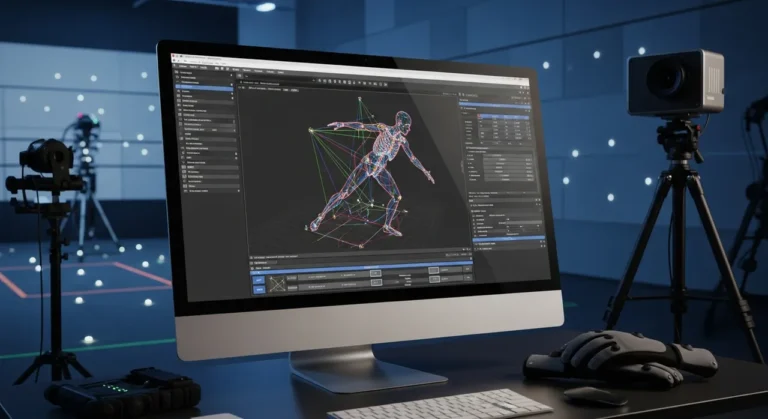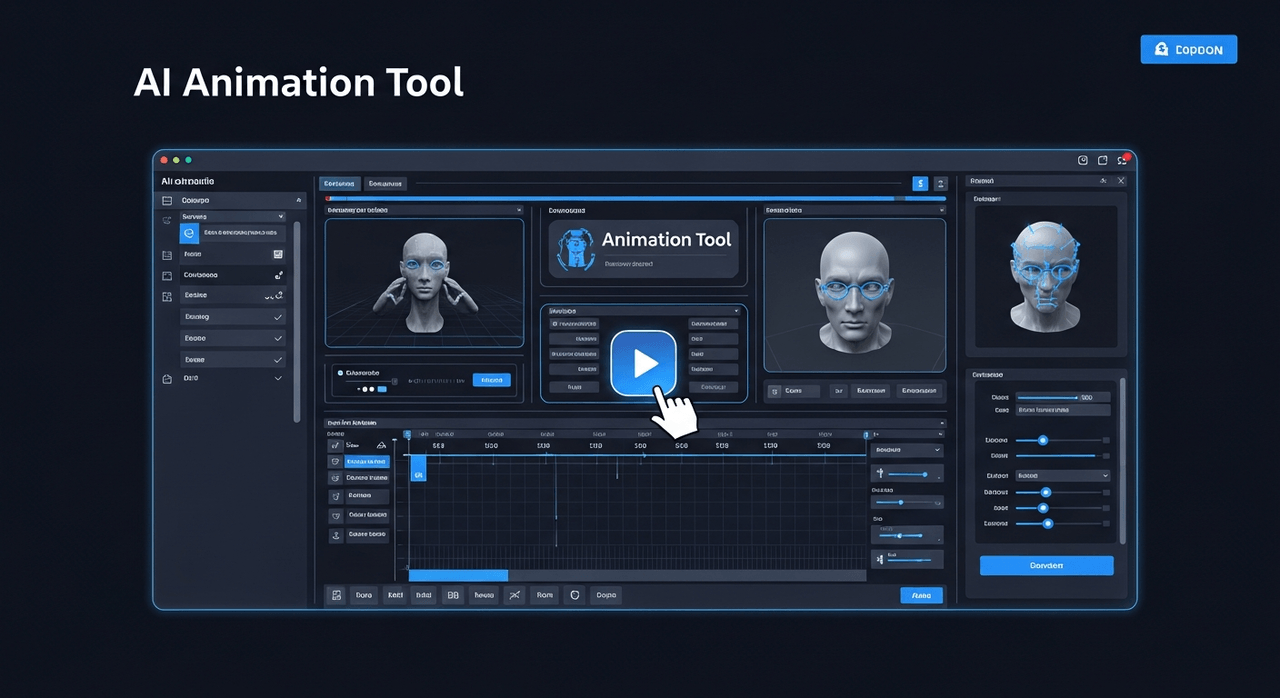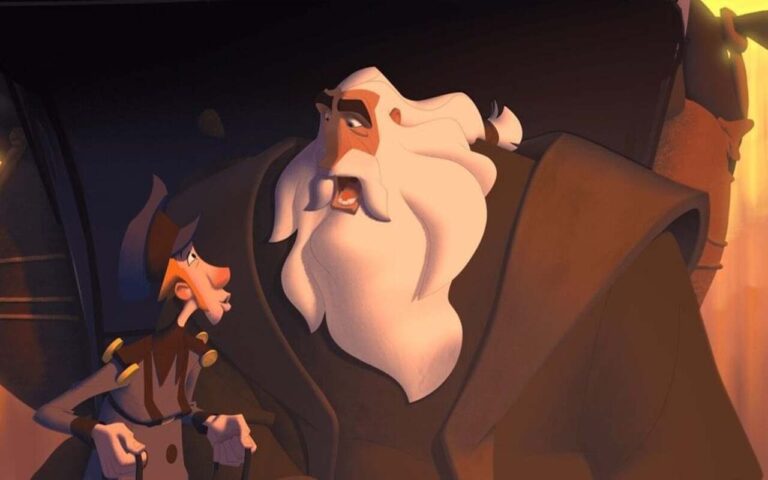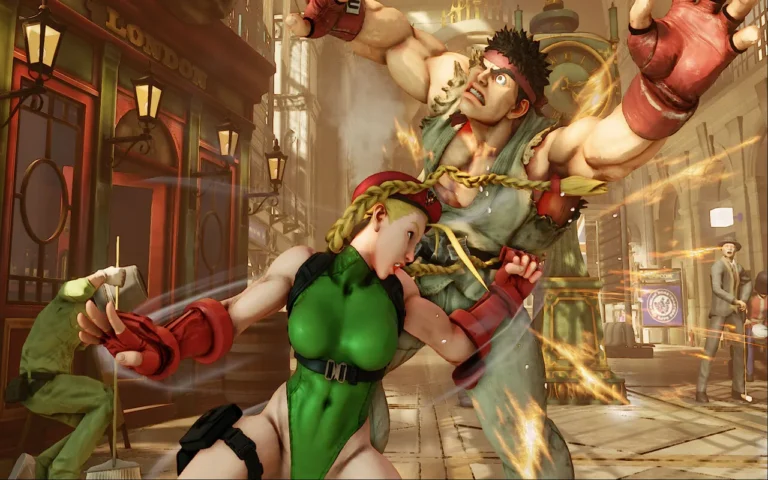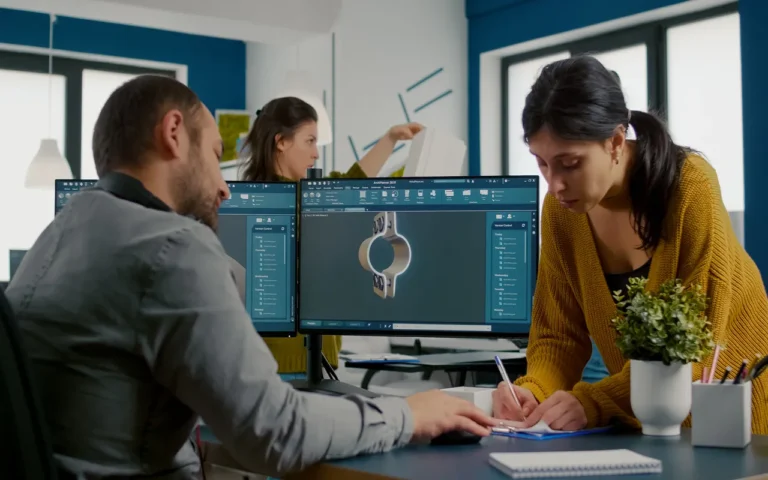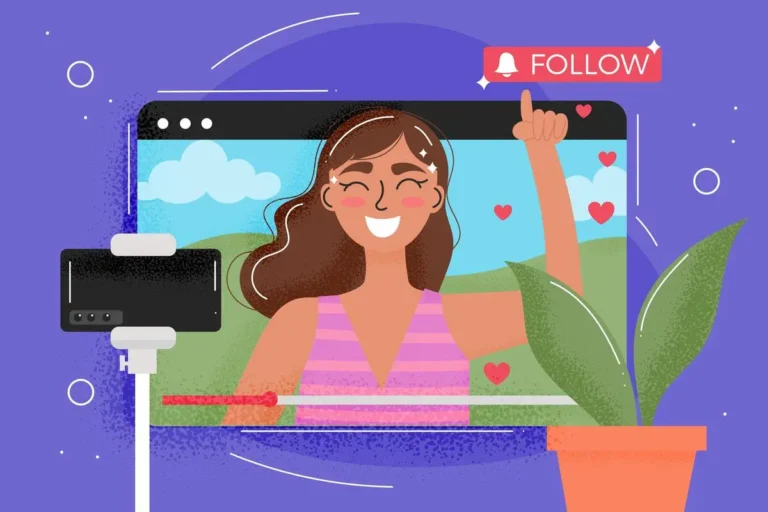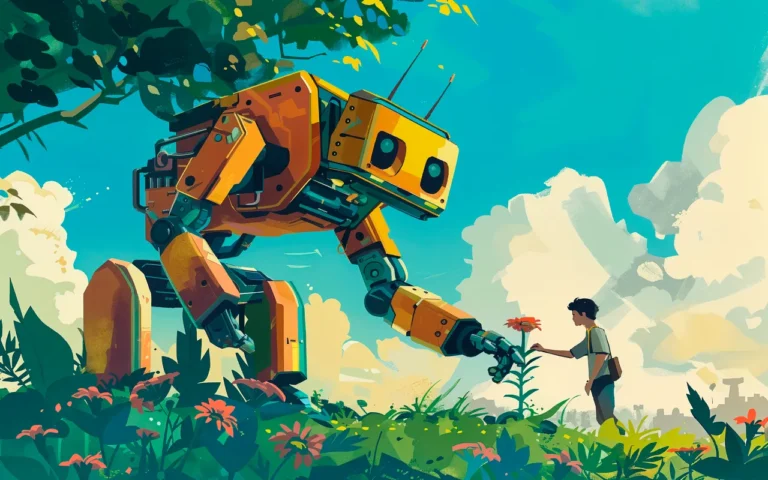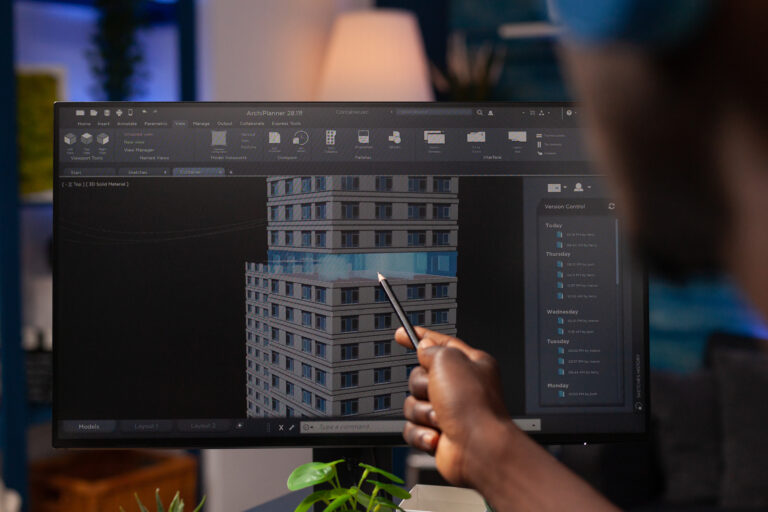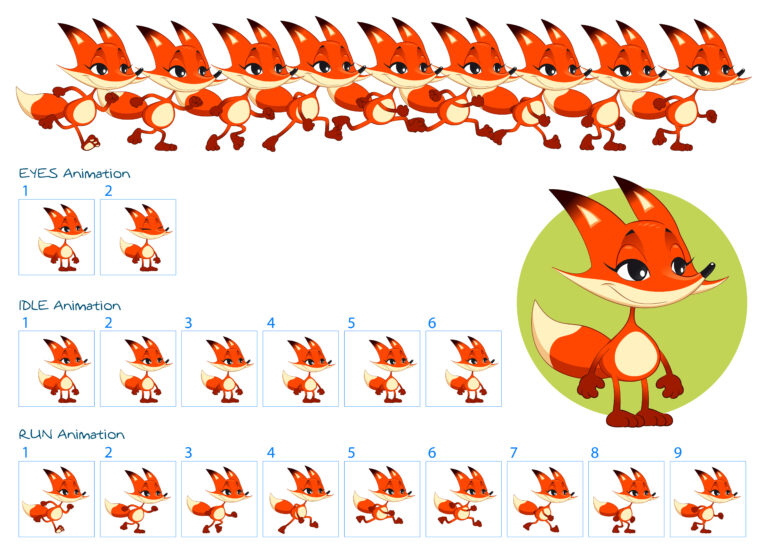If you are an animation professional, you have probably wondered, as many others have, how AI animation will affect your job. Maybe you are a designer curious about future modifications to your workflow or a project manager looking at possible efficiencies. Reality is that the animation industry is making a rapid change, as many industries are, due to the arrival of Artificial Intelligence.
As the need for high-quality content grows and the visual effects grow more complex and time-consuming, AI is increasingly emerging as the answer to bringing much-needed efficiency and innovation into animation production.
From AI-generated art to AI-enhanced real-time VFX, artificial intelligence is revolutionizing animation services all around the world. With that being said, in this article, we will talk about the ways AI is being utilized currently to improve the process of making animations, its advantages, disadvantages, and the future of AI in animation.
- How AI Is Changing Animation Workflows
- Advantages and Disadvantages of AI in Animation
- The Future of AI in the Animation Industry
- How AI Is Used in Animation
- Examples of AI Tools in Animation
- Limitations of AI in Animation
- Case Studies
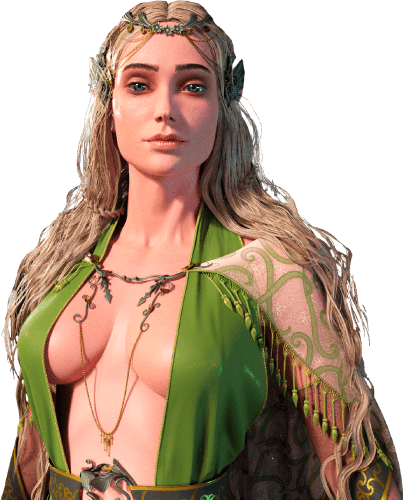
Need Animation Services?
Visit our Animation Service page to see how we can help bring your ideas to life!
How AI Is Changing Animation Workflows
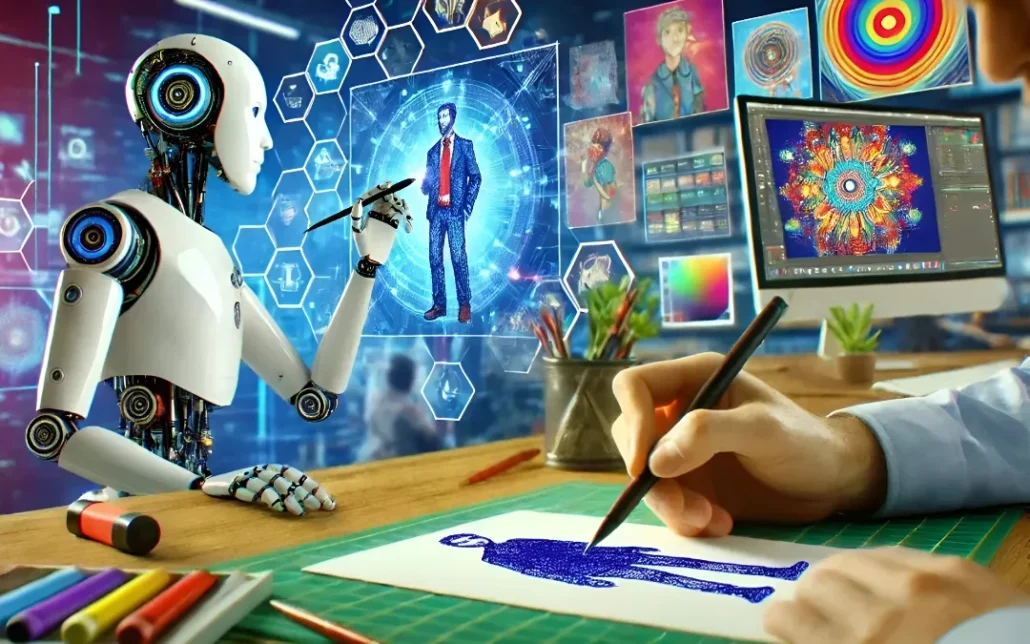
There are many ways Artificial Intelligence is enhancing the creative process and animation pipeline. This is done by leveraging Machine Learning and Deep Learning to enable AI systems to learn based on a humongous volume of data. AI can pick up patterns and recognize them, and then help enhance artists’ work in creating content around their idea.
One of the best-known examples is Automated Animation, in which the AI algorithm computes the in-between frames for keyframes with significantly less effort and cost involved. Another example of this kind would be using AI applications for Storyboarding, whereby designers can draft a preliminary visual sequence to accelerate iterations and visual planning.
Similarly, in Visual Effects, AI can aid various steps, including set referencing, VFX setup, and even real-time AI VFX rendering. AI VFX rendering includes real-time AI-based particle and physics simulations, real-time facial motion capture, and procedural environment generation. Even in the creation of art designs, Generative AI tools like DALL·E and MidJourney are breaking creative limits by enabling 2D animators & 3D animators to generate unique AI-generated art and blending various animation styles.
Advantages and Disadvantages of AI in Animation
The use of AI in animation production offers many benefits, but comes along with notable challenges:
Key Advantages and Benefits
1. Increased Efficiency and Cost Savings
By automating processes such as in-betweening and lip-syncing, which take a long time, AI might be able to cut man-hours and effort by over 50%, and lower the cost and time needed to produce different types of animation. With these efficiencies, AI could eliminate the need for animation outsourcing, as studios would be able to handle more work in-house at a lower cost.
2. Enhanced Creative Freedom and Innovation
Generative AI technologies enable the creative artist to experiment with new ideas and designs with ease, so they can focus more on creativity and less on technicalities.
3. Increased Personalization
With AI’s analytical ability for data, the studios are able to learn more about audience demands and produce animations that resonate more with their target audiences.
Main Disadvantages to Consider
1. Disruption of Jobs
By cutting down on the tasks traditionally performed by designers and animators, AI can potentially cause job loss and ambiguity over the future prospects of employment in the animation industry.
2. Ethical and Legal Implications
AI generation of animations causes legal concerns related to intellectual property and authorship rights. Also, art and images made through AI are created by being trained on existing bodies of work without permission. An example would be the artwork produced by AI to replicate animation work at Studio Ghibli. It presents ethical problems with unauthorized copies of other artists’ work.
3. Risk of Loss of Authenticity
Finally, over-reliance on AI in the animation production process leads to homogenization, where content generated by algorithms becomes more dominant than single works of art. This process leads to a loss of creativity, diversity, and richness of this art form.
Read More: Can AI Improve or Hurt Animation Quality?
The Future of AI in the Animation Industry
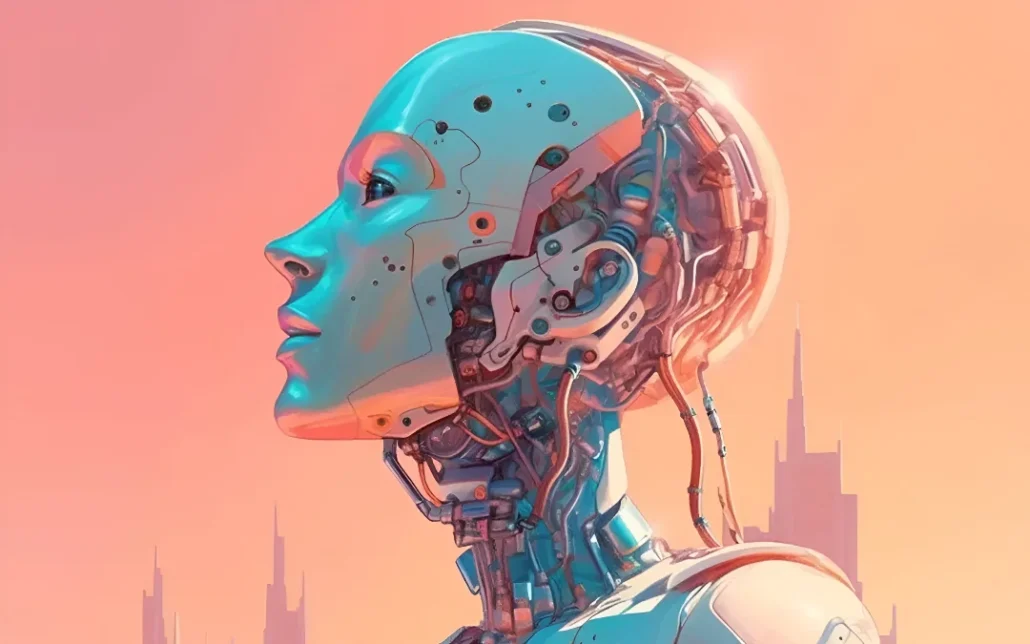
From 2025 forward, the utilization of Artificial Intelligence in the industry of animation and its role will grow, restructuring the basis of content generation on the way. In regards to marketplace expansion, usage of Generative AI within the marketplace for animations is going to see increased, steady growth alongside accelerated expansion.
Artistically, technological innovation in AI, especially the growing use of AI art generator tools, will continue to enhance creative control by providing technologies that can assist storyboarding, keyframing, and VFX. Moreover, AI will make animation production more accessible to individual creators and artists such that they can produce quality content with minimal resources. This will ultimately lead to a more diverse and inclusive animation culture.
While these changes are promising developments, they will come with significant ethical and job disruption-related issues. These concerns have already been discussed, with the hypothesis being made that 21% of film, TV, and animation work could be “consolidated, replaced, or eliminated” by GenAI within the U.S. by 2026.
How AI Is Used in Animation
Some of the mechanisms through which content generation is taking advantage of generative AI in automating processes (storyboarding, keyframing, and VFX production) include:
1. Automated Animation and Keyframing
AI-based software is utilized in automated animation of different types, including intermediate frame generation between keyframes, which is also known as in-betweening. AniDoc is a tool that transforms sketch sequences into colored animations by using video diffusion models to automate coloring stages and the in-betweening.
2. Storyboarding and Pre-Visualization
Using AI in the pre-production of animation is feasible to aid storyboarding. This can happen by generating visual schematics to quicken the conceptual and iterative process. For example, Adobe Project Motion enables users to add rudimentary animation construction with AI and AI-aided improvement additions.
3. Realistic Facial Animation and Lip-Syncing
Sophisticated functions in AI have greatly boosted the performance of AI to create more realistic facial animation and lip sync. As such, Software such as Adobe Character Animator and Faceware are used to analyze the facial expression and synchronize the mouth movements with voiceovers in order to achieve a natural look.
4. Virtual Scene Generation and VFX
One of the fascinating uses for AI in animation production is the creation of realistic virtual worlds and complex VFX by using AI-driven rendering software, such as Unreal Engine 5. In this method, animators design complex backgrounds by using procedural generation, realistic lighting, and textures, which are all created in real-time.
Examples of AI Tools in Animation
Some of the AI animation software that have been used in automating the animation production processes include:
1. Adobe Character Animator
The software employs AI to enable real-time character animation based on webcam and microphone inputs and has auto lip-syncing, which leads to ease in producing 2D animation.
2. Synthesia
It is a highly powerful tool and an AI video generator that produces high-quality videos with realistic characters.
This is a perfect tool to make professional training, marketing, etc. cases without the use of cameras and actors.
3. DeepMotion
This application applies AI to 3D animation and real-time motion capture. It will produce accurate motion data by tracking videos, help in making animations look and feel as real life without requiring the traditional motion capture method.
4. Kaiber AI
This awesome app is an AI-based animation software that enables you to turn any static image into a dynamic animation, so designers and artists can bring their illustrations to life easily.
Limitations of AI in Animation
While the use of AI in animation has brought significant opportunities for the animation industry, it also has some limitations that warrant more careful consideration. The biggest limitation of AI-generated art may be that it often lacks the genuine creativity and emotional depth that human artists can bring to their work.
Since AI is trained on existing data, its outputs may be derivative or fail to capture the intended emotional depth, limiting its effectiveness in creating compelling narratives and characters.
Moreover, AI tools can sometimes produce inconsistent results, particularly regarding visual consistency between frames. This is due to the randomness inherent in some AI-generated outputs that can spur troubles in achieving a consistent artistic expression, requiring further human intervention to resolve them.
Further, for AI systems to function effectively, they require large amounts of high-quality data to train on. Otherwise, the outputs will be subpar, limiting the use cases of AI in different animation contexts.
Case Studies
There have been numerous cases where the use of AI in animation has happened in the animation industry in order to increase overall efficiency. Here, we explore some notable cases:
1. Disney’s AI-Enhanced Animation in Frozen II
Disney has employed AI-driven tools to automate various aspects of production in Frozen II. These tools include the “Swoop” simulation system and the “Hyperion” real-time rendering tool, which were utilized to enhance character design, motion capture, and special effects. These AI applications not only improved the visual quality but also streamlined the production process, demonstrating a significant leap in automated animation techniques.
2. Pixar’s Use of Neural Style Transfer in Elemental
Pixar found it challenging to create realistic fire animation for the character Ember during the production of Elemental. To address this, they collaborated with Disney Research Studios to implement an AI machine-learning technique called neural style transfer that blends natural fire dynamics with the artist’s design. This approach allowed them to create expressive and visually stunning fire animations, showcasing the potential of AI in improving creative
outputs.
3. Blender Foundation’s Open Movie Projects
The Blender Foundation’s open movie projects, which include films such as Big Buck Bunny and Sintel, exemplify the use of generative AI in open-source animation. These projects, by integrating AI algorithms for texture generation, crowd simulation, and realistic environmental effects, demonstrate how, even with limited resources, AI can be used to produce high-quality animations efficiently.
Final Words
AI is rapidly getting integrated into the animation industry and many studios are now leveraging AI for complex simulations, facial animation, VFX, and motion capture. However, this technological leap comes with challenges concerning job disruptions and ethical debates regarding intellectual property rights, data ownership, and the authenticity of AI-generated art.
Looking ahead, animators and studios must strike a balance between automating animation production and preserving artistic creativity.
In other words, while the adoption of AI in animation introduces undeniable opportunities for efficiencies, it also calls for a commitment to preserving the human aspect of arts that is core to animated storytelling.
